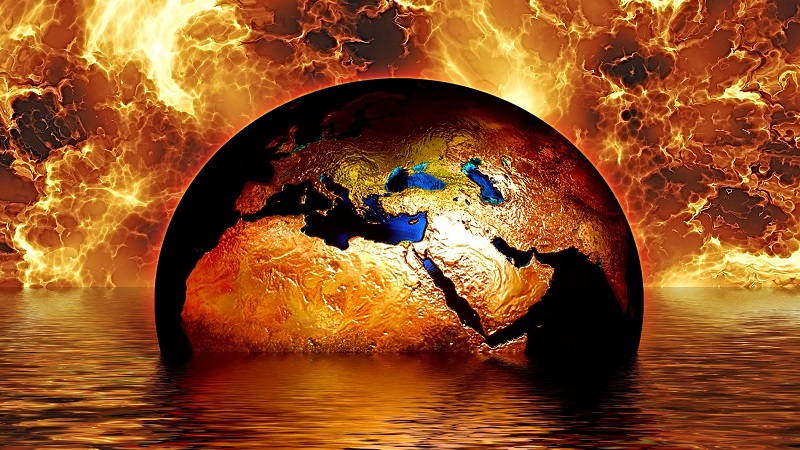The Harappa culture evolved in the Indus River Valley, currently known as Pakistan and northwestern India. There, they constructed complex cities, innovative sewage systems (before ancient Rome), and involved themselves in commerce with Mesopotamia’s traders. However, despite the fact they were prospering, they moved to smaller villages in the Himalayan foothills, as reported by Phys.org. Now, recent research carried out by the Woods Hole Oceanographic Institution (WHOI) identified that climate change forced the Harappa culture to resettle far away.
In 2,500 BC, a change in temperatures caused the weather in the Indus valley to become drier, reducing the monsoons frequencies during summer, making agricultural practices virtually impossible, according to Liviu Giosan, a geologist at WHOI and the study’s leading author, the one who issued the research’s report yesterday in the Climate of the Past journal.
Climate Change Forced The Harappa Culture in the Indus River Valley To Relocate
“Although fickle summer monsoons made agriculture difficult along the Indus, up in the foothills, moisture and rain would come more regularly. As winter storms from the Mediterranean hit the Himalayas, they created rain on the Pakistan side and fed little streams there. Compared to the floods from monsoons that the Harappans were used to seeing in the Indus, it would have been relatively little water, but at least it would have been reliable,” explained Liviu Giosan.
“The seafloor near the mouth of the Indus is a very low-oxygen environment, so whatever grows and dies in the water is very well preserved in the sediment. You can basically get fragments of DNA of nearly anything that’s lived there,” the researcher added.
“We don’t know whether Harappan caravans moved toward the foothills in a matter of months or this massive migration took place over centuries. What we do know is that when it concluded, their urban way of life ended,” Giosan continued. “We can’t say that they disappeared entirely due to climate change, at the same time, the Indo-Aryan culture was arriving in the region with Iron Age tools and horses and carts. But it’s very likely that the winter monsoon played a role,” he concluded.
Vadim is a passionate writer on various topics but especially on stuff related to health, technology, and science. Therefore, for Great Lakes Ledger, Vadim will cover health and Sci&Tech news.

